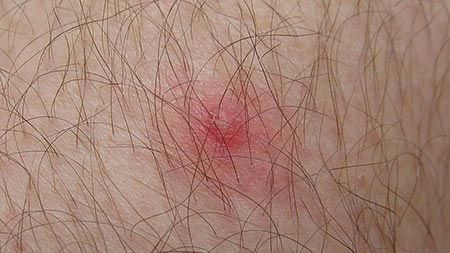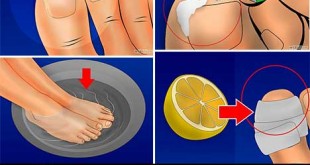Tenacious Ticks

If you’ve spent any time deep in the woods or in other known tick territories, the best way to head off problems is to keep these pesky predators from getting under your skin. In order to transmit Lyme disease and other maladies ticks must be attached for at least 24 hours, so by catching them early, you can prevent potential problems.
- After an outing, remove your clothing and check your body from head to toe for ticks. Another person you are comfortable with can assist in checking areas you can’t see yourself or utilize mirrors as available.
- Ticks that you find that have not attached to your skin can be removed and flushed down a toilet or simply tossed into a campfire for easy disposal.
- For ticks that have attached to skin, the best course of action is to grab them by the head with tweezers, as close to the skin as possible, and slowly pull away from your skin.
- For ticks that have been embedded in your skin and are partially or fully engorged, save them in a zipped plastic bag. If a rash develops at the bite site, your doctor can inspect the insect to determine if it may carry Lyme disease or another type of parasitic problem. In the case of Lyme disease the rash may not develop for a few days or even weeks, so in the meantime, you can easily research to see if the tick is the hazardous variety.
Seeking Medical Attention:

In the case of spider or unidentified bug bites, it’s best to err on the side of caution. Certain spider bites can cause serious allergic or toxic reactions. If possible, catch and keep the spider that bit you.
In the case of bee sting sensitivity or anaphylactic reaction, it is also recommended to seek medical attention. Early warning signs are severe swelling at sting sites and beyond, trouble breathing, as well as severe muscle aches, pains, and headaches.
page 2 0f 2
 Home and Gardening Ideas At home and Gardening ideas we believe inspiring readers about homesteading, self sufficiency
Home and Gardening Ideas At home and Gardening ideas we believe inspiring readers about homesteading, self sufficiency






One comment
Pingback: Beating Bug Bites: Preventative Care and Natural Treatments for Stings and Bites